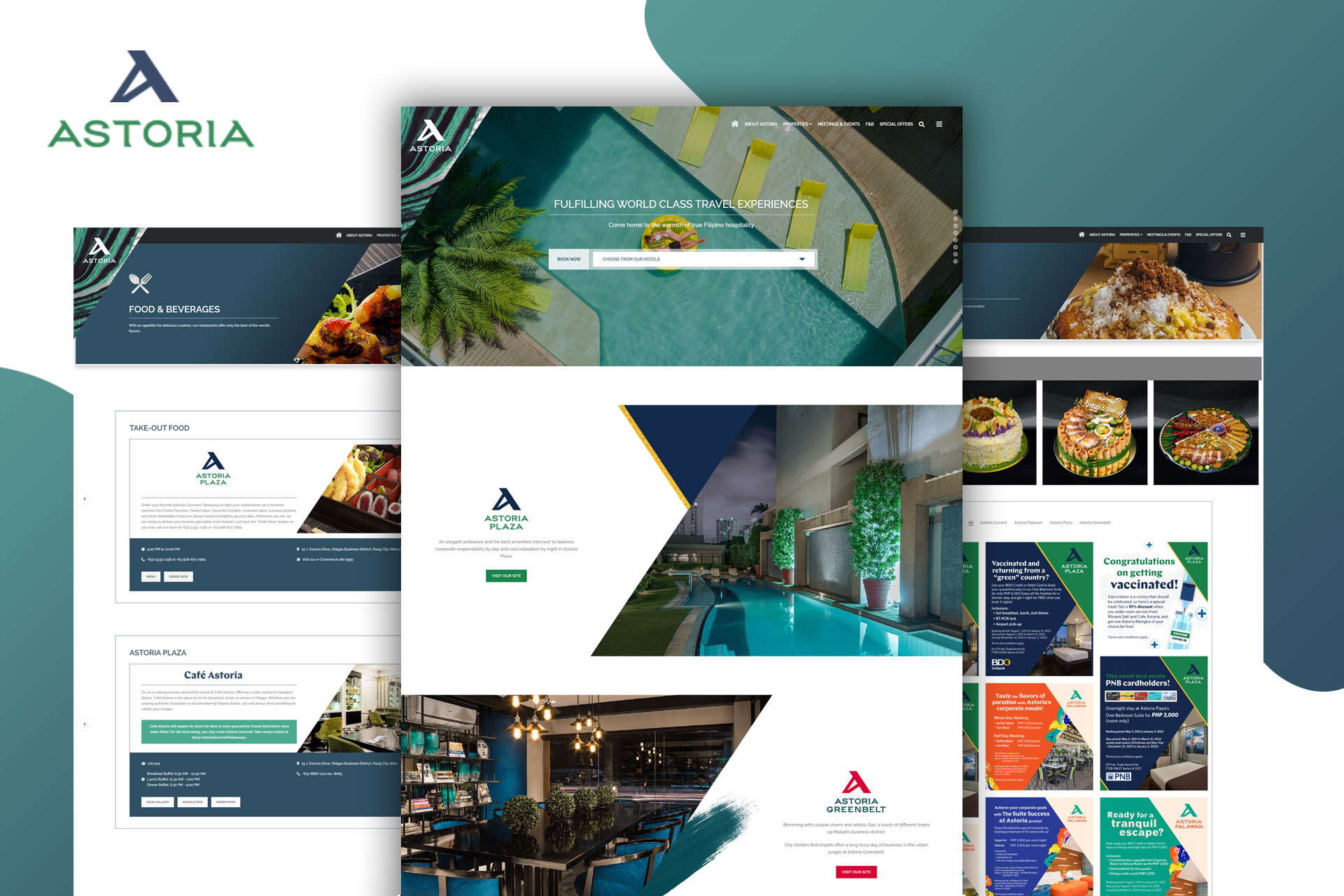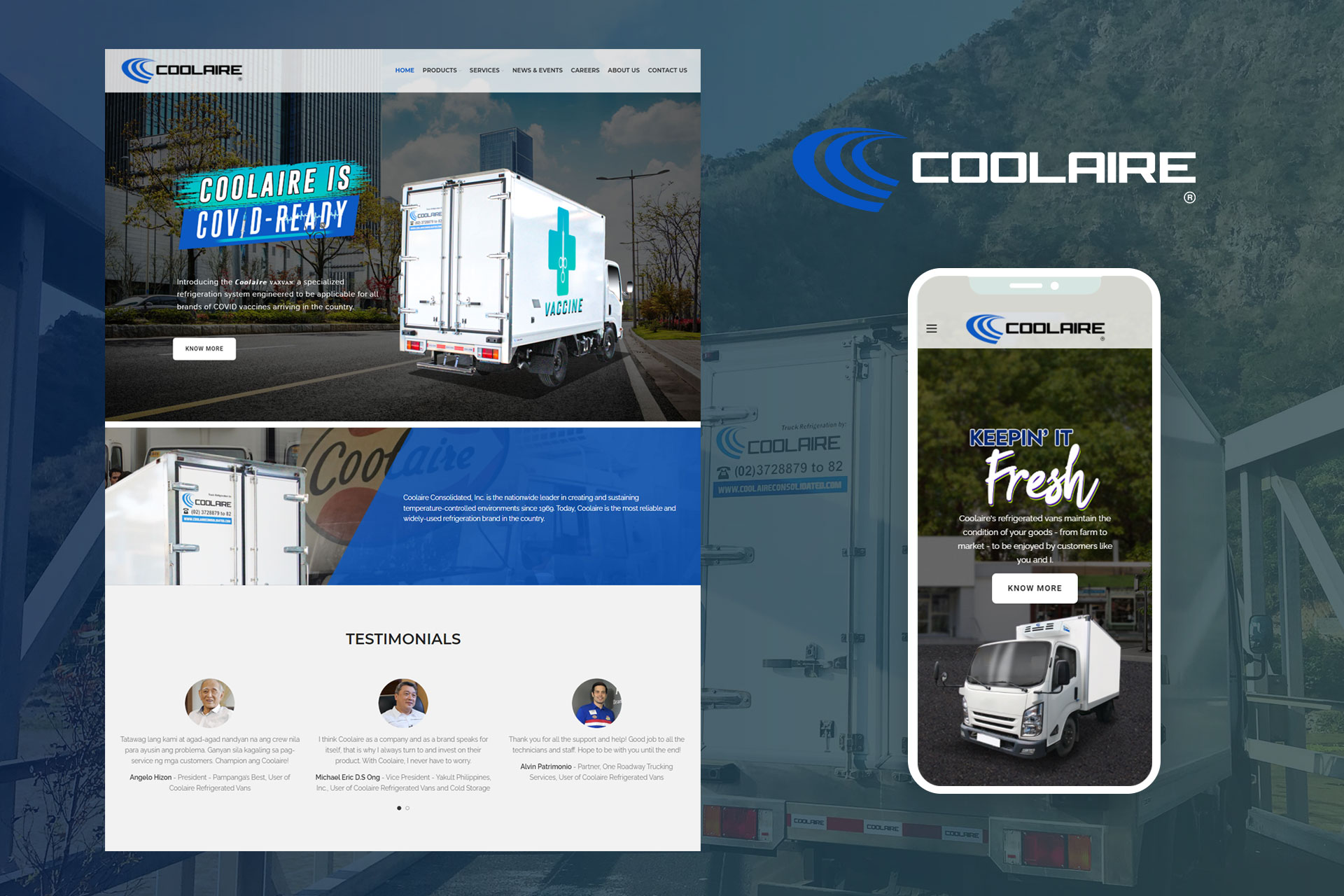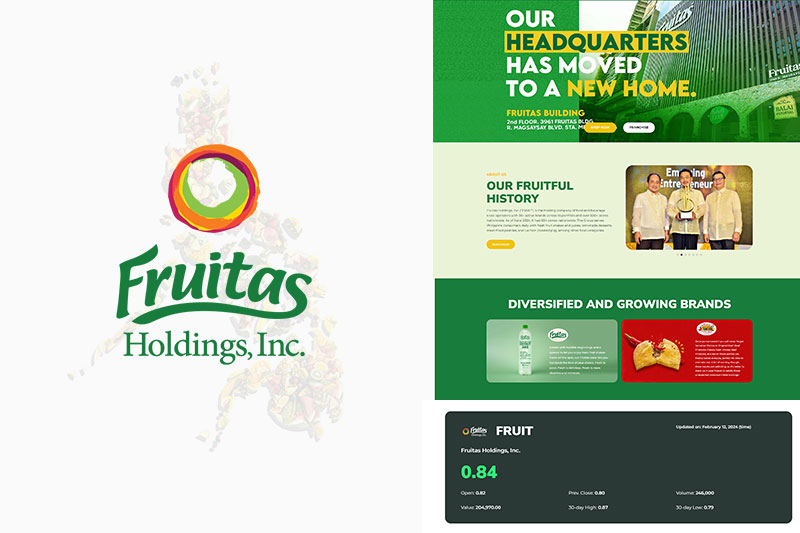The digital marketing landscape is always evolving, and staying ahead of the curve is key to remaining competitive. This year, businesses need to embrace emerging technologies, consumer behaviors, and industry trends to maintain a strong online presence. Understanding digital marketing trends will help marketers, business owners, and entrepreneurs refine their strategies and maximize results in an ever-changing digital world.
With that, here are the digital marketing trends you need to know:

Table of Contents
- Video Marketing
- Personalized Content
- Mobile Marketing
- Chatbots
- Diverse and Inclusive Marketing
- Social Commerce
- Sustainable Marketing
- User-Generated Content
- Voice Marketing
1. Video Marketing
First up on the list of digital marketing trends is video marketing. Who doesn’t like a short video clip explaining all that you need to know about the product or service that you want to try? In video marketing statistics gathered by Wyzowl, it shows that 96% of people watch an explainer video to learn more about a product or service, and 88% of them are convinced to buy a product or service by watching a brand’s video, making video marketing a digital marketing trend that’s creating many impressions to target customers.
Engaging your customers can be tricky since each of them has different needs and preferences. The quality of content you post online is essential as it helps speak life into your brand and what it’s all about. Aim for higher engagement and create video content that your customers are interested in – something that will catch their attention and make them stop scrolling. Just in case you’re still unsure whether to push through with video marketing this year, here are a couple more video marketing statistics to keep in mind as you decide:
- 86% of marketers say video has helped them generate leads.
- 81% of marketers say video has helped them directly increase sales.
- 93% of marketers say video has helped them increase brand awareness.
- 87% of marketers say video has helped them general good ROI.
2. Personalized Content
Being able to relate with your audience is not something every brand can do. As we’ve mentioned previously, it’s important to create content that will catch the attention of your target audience, and one of the ways to do that is to come up with content that they can relate to.
With personalized content, you’re more likely to get higher engagement rates from your target audience as it speaks more about what they need and wants from a product or service rather than simply flooding them with content that only aims to sell.
You can also read: 10 Reasons Why Content Marketing is Needed on Your Business
3. Mobile Marketing
The use of mobile phones shows no signs of slowing down given that 59.5% of global website traffic comes from mobile devices. This means that the percentage could grow higher as the years go by. Given this data, it’s no surprise that mobile marketing is considered to be a digital marketing trend that businesses should look into.
Since more and more people are continuing to access different websites and platforms online through mobile devices, businesses must also keep up by creating and producing mobile-friendly content – ones that you can easily browse through and rank high in search engine results pages. In addition to that, getting a web design that’s mobile responsive and mobile-optimized will help potential customers or website visitors find ease in navigating through every web page or landing page. Doing this also makes contents load faster and have them adjusted for smaller screens.
4. Chatbots
Artificial intelligence (AI) is no longer a futuristic concept—it’s now a fundamental part of digital marketing, and will continue to streamline operations, enhance personalization, and improve customer engagement.
Chatbots and Virtual Assistants
AI-powered chatbots are becoming smarter and more human-like. Brands are using them for 24/7 customer service, sales assistance, and even lead generation. Expect more advanced virtual assistants that can analyze user behavior and provide hyper-personalized recommendations.
AI-Generated Content
From blog posts to social media captions, AI tools can generate high-quality content in seconds. While human creativity remains irreplaceable, AI can help scale content production and optimize messaging for different audiences.
5. Diverse and Inclusive Marketing
Marketing only for a certain group of people in this day and age limits a brand’s reach. That’s why in making your marketing campaigns diverse and inclusive, you set your brand off for a wider scope of audiences to reach. Now, this doesn’t mean that you’ll have to market to every specific demographic, rather, it only sends a message to people that none of them are being left out in your marketing campaigns and efforts, no matter what race, nationality, and socioeconomic status. This also indicates that your brand doesn’t only focus on getting sales, but you’re also all about sincerely providing quality products and services to people.
Here are the different factors to look into when diversity in digital marketing is applied:
- Age
- Appearance
- Ethnicity, race, nationality
- Gender & sexuality
- Health & disabilities
- Language
- Religious affiliation
- Socioeconomic status
- Veteran status;
- and more
6. Social Commerce
Since the pandemic started, many people resorted to shopping online for mostly anything that they need, making social commerce a budding digital marketing trend. Unlike the usual way of shopping online where you visit or are linked to a certain website to proceed with your purchase, social commerce involves selling products directly on social media. This means that everything from the product discovery and research to the shopping experience and transactions will all transpire on a social media platform. With the vast use of social media in this online world, selling products on different social media platforms is seen as effective not only in reaching the right audience but also increasing sales for businesses.
The user-friendly interface and various creative features of social media platforms such as Instagram also make creating shoppable content easier. Customers can simply click on a product photo posted by your brand and know more about its details, bringing convenience to customers.
You can also read: 8 Social Media Marketing Tips To Help Grow Your Business
7. Sustainable Marketing
Anything that’s sustainable is in today that’s why sustainable marketing is another digital marketing trend that’s on a rise. Sustainable marketing promotes the use of products and services with respect to the environment, which means that it moves towards enhancing the quality of life without compromising the environment along with the process of providing quality products and services to people.
8. User-Generated Content
92% of consumers trust content from other consumers way more than traditional ads, which is why user-generated content (UGC) is set to be huge this year. It’s a way to encourage customers to share their experiences through reviews, testimonials, and social media posts to build trust and community. Plus, UGC isn’t just for social media—it can be repurposed across websites, ads, and more to boost reach and authenticity. Showing real customer stories makes brands feel more relatable and helps create stronger emotional connections with their audience.
9. Voice Marketing
With the growing popularity of smart speakers and voice assistants like Siri, Alexa, and Google Assistant, optimizing for voice search is essential. In 2025, more consumers will use voice commands to search for products and services.
Conversational Keywords Matter
Unlike traditional search queries, voice searches tend to be more conversational and longer. Businesses should optimize content for natural language and question-based searches to improve their chances of appearing in voice search results.
Local SEO Benefits from Voice Search
Many voice searches are local, such as “Where’s the nearest coffee shop?” This means businesses must enhance their local SEO efforts by keeping Google My Business profiles updated and focusing on location-based keywords.
If you’re looking for someone to help you with the digital marketing of your brand, contact us today, and we’ll be glad to help you!


 Shopify Website Design
Shopify Website Design  Small Business Marketing
Small Business Marketing 
















